Have you ever wondered, “How much is this really worth?” while holding a pearl? Besides just satisfying your curiosity, understanding pearl values helps you make smart decisions when buying, selling, or inheriting them. Prices can vary wildly, from as little as $30 to millions of dollars, and the pearl market can be quite intricate. What Are Pearls Worth—a question whose answer depends on luster, size, origin, surface quality, and the ever-shifting tides of supply and demand.
The truth is that pearl pricing involves more than just guesswork. In fact, there is a tried-and-true method for determining their precise value. After all, the question What Are Pearls Worth isn’t answered by intuition alone—it’s settled through careful evaluation of luster, surface, shape, size, and origin. You’ll see pearls in a completely different light once you grasp the essentials.
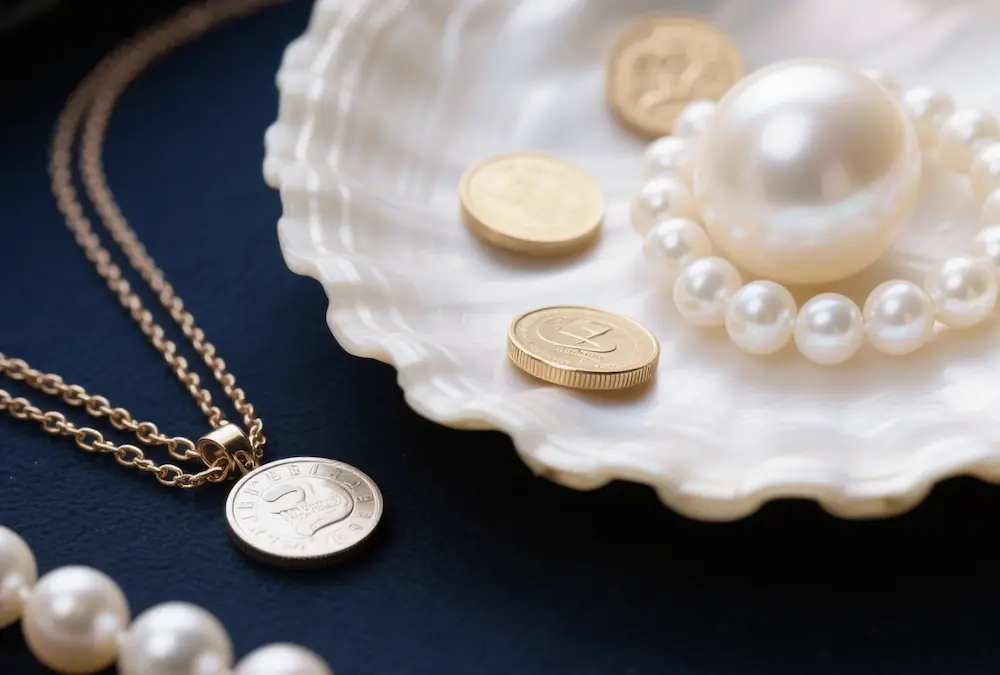
The Pearl Value Spectrum: From Affordable to Astronomical
Before we get into the specifics, let’s be clear about What Are Pearls Worth. On average, a pearl might be worth somewhere between $300 and $1500, but that’s just a very general idea. The actual range is mind-boggling.
| Pearl Type | Price Range | Key Characteristics |
|---|---|---|
| Freshwater Pearls | $30 – $2,000 | Most affordable, widely available |
| Akoya Pearls | $100 – $10,000 | Classic round shape, excellent luster |
| Tahitian Pearls | $200 – $20,000 | Exotic dark colors, large sizes |
| South Sea Pearls | $500 – $100,000+ | Largest sizes, exceptional quality |
| Natural Pearls | $10,000 – Millions | Extremely rare, historical significance |
To figure out what are pearls worth, you first need to know that most pearls sold today are cultured. Natural pearls, on the other hand, are super rare and fetch unbelievably high prices. Because they’re so hard to find, natural pearls usually aren’t used in modern jewelry, but collectors and historians still treasure them.
The GIA’s Revolutionary 7-Factor System: Your Pearl Valuation Blueprint
The Gemological Institute of America (GIA) revolutionized pearl evaluation by establishing seven specific factors that determine value. The GIA uses a comprehensive standard it developed over a 60-year period of ground-breaking research on pearls, called The GIA 7 Pearl Value Factors™ (Size, Shape, Color, Luster, Surface, Nacre, and Matching). If you’ve ever wondered, “How can I tell if pearls are valuable?” or asked yourself, “What Are Pearls Worth?” the answer lies in understanding and assessing these seven precisely defined criteria.
Factor 1: Size – Bigger Really Is Better
Size is an important factor in determining What Are Pearls Worth. Larger pearls are rarer and fetch much higher prices when all other value factors are equal. Here’s why size matters so much:
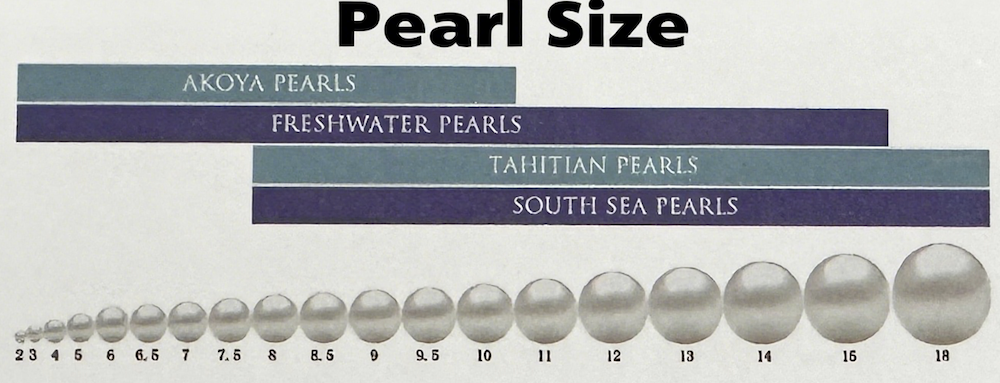
- Longer Growing Time: Oysters require more time to produce larger pearls.
- Rarity: Not many oysters produce big, high-quality pearls.
- Visual Pop: Bigger pearls make for more striking jewelry.
The size difference can really affect the price. For example, a 7mm Akoya pearl might cost $200, but a 9mm pearl of similar quality could easily cost $800 or more.
Factor 2: Shape – The Geometry of Value
Round pearls are the most expensive and popular. But you need to keep in mind that local tastes and fashion trends can influence shape preferences. The shapes of the pearls are as follows:
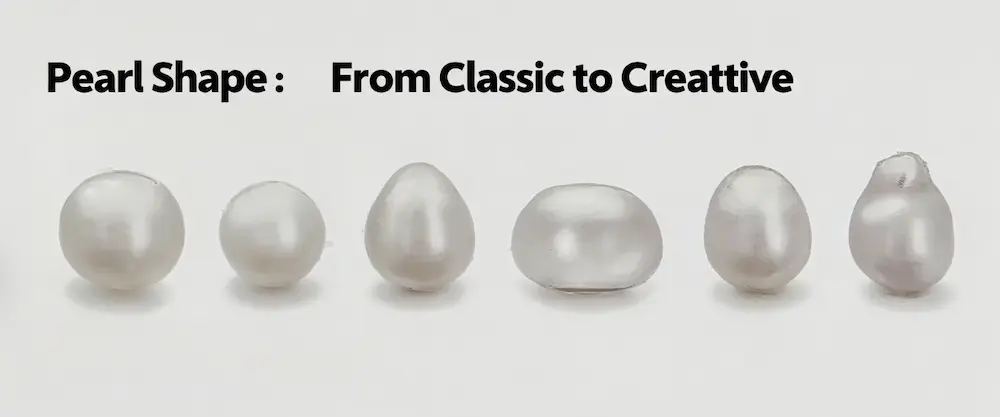
- Round: Most valuable and popular.
- Near-round: Not quite round, but still very desirable.
- Oval: A classy and understated option to round pearls.
- Drop: Shaped like a teardrop, great for earrings.
- Baroque: Shapes that aren’t regular and are becoming more popular.
Factor 3: Color – Nature’s Palette
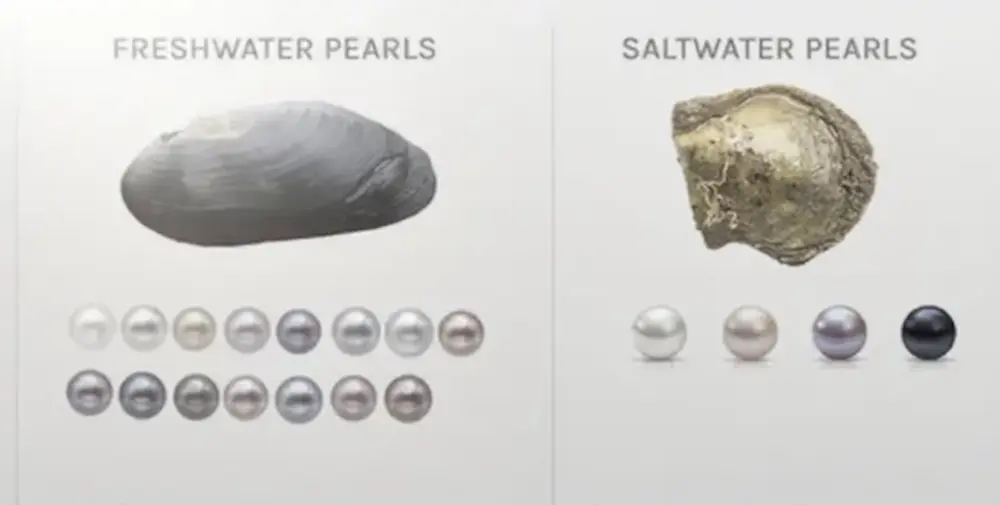
The value of a pearl is determined by its color, yet the question What Are Pearls Worth can’t be answered by hue alone. But it’s not just a basic shade. Pearl specialists take into account the following:
- Body color: The main, overall color of the pearl.
- Overtone: The subtle hints of color that appear to shimmer over the main color.
- Orient: That gorgeous, iridescent rainbow effect you see on the pearl’s surface.
| Color Category | Price Impact | Popular Varieties |
|---|---|---|
| White/Cream | Standard pricing | Classic Akoya |
| Silver/Gray | Moderate premium | Tahitian varieties |
| Golden | High premium | South Sea golden |
| Black | Significant premium | Tahitian black |
| Pink/Lavender | Variable premium | Freshwater varieties |
Factor 4: Luster – The Pearl’s Inner Glow
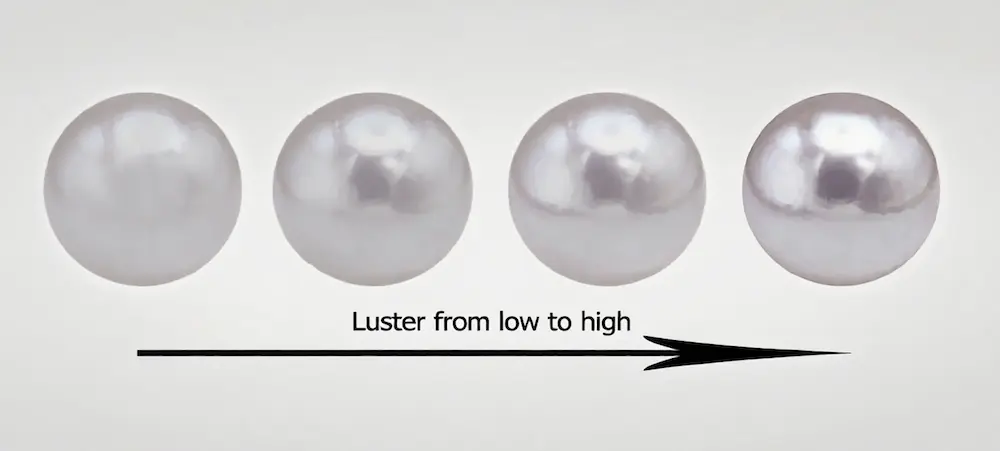
Luster is definitely one of the most important things when figuring out what are pearls worth. Factors like Luster, Surface Quality, and Nacre Thickness really carry the most weight. Here’s what “high luster” means:
- Reflections look sharp and clear.
- The surface is almost like a mirror.
- The pearl has a deep, glowing look to it.
If a pearl has poor luster, even if it’s big and round, it’s almost worthless. But if a pearl has amazing luster, even if it’s on the smaller side, it can be super valuable.
Factor 5: Surface Quality – Perfection Has Its Price
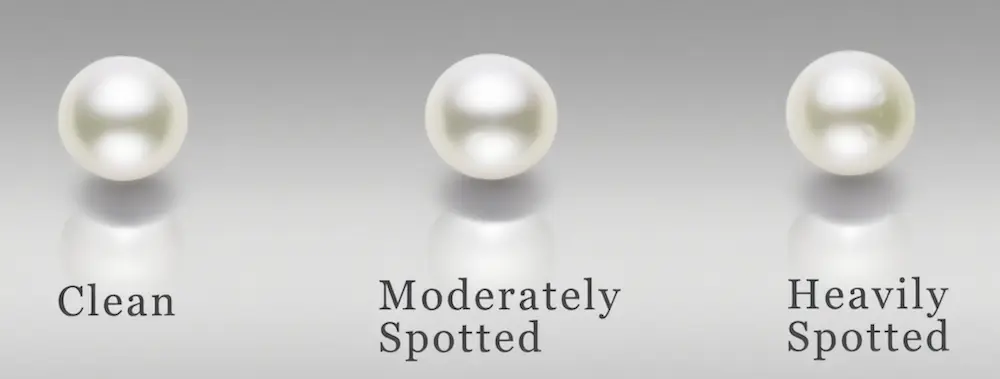
The condition of a pearl’s surface will really affect its value. Here’s how they usually categorize that:
- Clean: The surface is basically perfect, without flaws.
- Lightly blemished: There are a few tiny imperfections.
- Moderately blemished: You can see some flaws, but they’re not too bad.
- Heavily blemished: There’s significant damage to the surface.
For the highest quality pearls, you’re looking for a surface that’s at least 95% clean or better.
Factor 6: Nacre Quality – The Foundation of Beauty
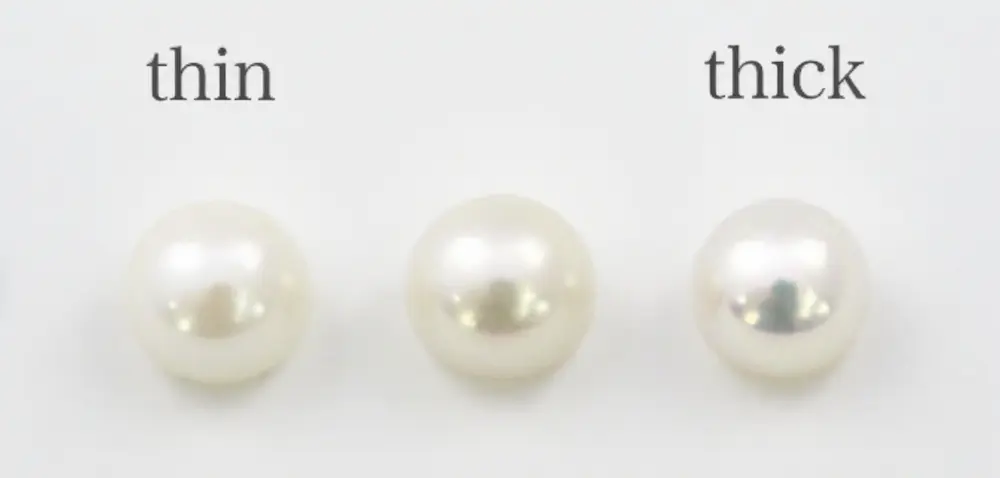
The thickness of the nacre (that’s the coating on the pearl) really affects how long it lasts and how it looks. Thick nacre means:
- The pearl will have a better shine
- It’ll last longer
- It’ll look better as it ages
Thin nacre, on the other hand, can let the bead underneath show through, which makes the pearl much less valuable.
Factor 7: Matching – Harmony in Multiples
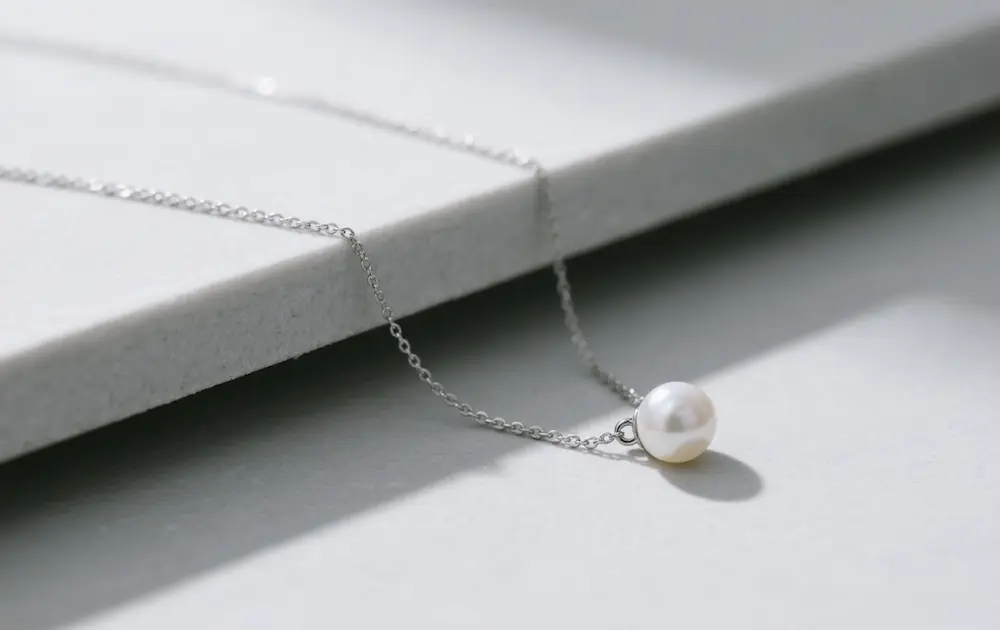
When you’ve got jewelry with lots of pearls, how well they match is super important for figuring out their worth. Getting a perfect match means looking for:
| Matching Factor | Importance Level | Price Impact |
|---|---|---|
| Size uniformity | Critical | 20-30% value difference |
| Shape consistency | High | 15-25% value difference |
| Color harmony | High | 15-20% value difference |
| Luster matching | Critical | 25-35% value difference |
A perfectly matched pearl strands can be worth a lot more than a bunch of individual, pretty pearls that don’t quite go together.
Professional Pearl Valuation: When to Seek Expert Help
Figuring out exactly what are pearls wort can sometimes be tricky, and it’s often best to get a professional opinion, especially when dealing with:
Inherited Pearl Collections
A lot of people find pearl jewelry in their family’s belongings and haven’t a clue about how much it’s worth. It’s a common question: Are these pearls real, cultured, or just fakes? How much are they actually worth, and where’s the best place to sell them? Situations like this really show why it’s important to get pearls looked at by a professional. They can tell you what you’ve really got.
High-Value Pearls
For significant pearl pieces, professional GIA certification provides definitive quality assessment and authenticity verification.
Insurance Purposes
Accurate valuation ensures proper insurance coverage for valuable pearl jewelry.
Market Trends and Investment Potential
The pearl market continues evolving, with several notable trends affecting what are pearls worth:
Rising Appreciation for Baroque Pearls
Non-traditional shapes are gaining popularity, especially among younger consumers seeking unique pieces.
Sustainable Sourcing Premiums
Pearls from environmentally responsible farms command price premiums as consumers prioritize sustainability.
Vintage and Estate Jewelry Demand
Antique pearl pieces often exceed their intrinsic pearl value due to historical significance and craftsmanship.
The Business Side: Working with Pearl Professionals
When dealing with valuable pearls, connecting with reputable Pearl Manufacturer sources ensures quality and fair pricing. Whether you’re seeking wholesale pearls for business purposes or looking for specific pearl strands for personal use, understanding market dynamics helps make informed decisions.
Professional dealers can provide insights into current market conditions, help identify the best value opportunities, and ensure you’re getting authentic, high-quality pearls.
Pearl Care: Protecting Your Investment
Proper care maintains both beauty and value. Essential care practices include:
Daily Handling
- Put pearls on last, remove them first
- Avoid contact with cosmetics, perfumes, and acids
- Wipe gently with soft, damp cloth after wearing
Storage Guidelines
- Store separately from other jewelry
- Use soft pouches or lined jewelry boxes
- Avoid plastic bags (pearls need to breathe)
Professional Maintenance
- Annual inspection for string integrity
- Periodic professional cleaning
- Restringing every 2-3 years for frequently worn pieces
Special Notes: Black Pearls and High-End Types
Black pearls are worth talking about when we talk about what are pearls worth. People often think that they are good quality and a good investment, especially if you buy them from trustworthy places. You can find some of the most rare and expensive cultured pearls in Tahitian black pearls.
Here’s what makes them so valuable:
- Their color is natural, not dyed.
- They’re only grown in a few places.
- They can grow to be exceptionally large.
- They have a stunning look.
Authentication: Separating Real from Imitation
Determining what are pearls worth requires confirming authenticity first. Simple tests can help you tell the difference between real pearls and fake ones:
How to tell if pearls are real:
- The Tooth Test: Real pearls feel gritty when rubbed gently against teeth, while imitations feel smooth.
- Weight Assessment: Real pearls feel heavier than synthetic alternatives of similar size.
- Professional Testing: For valuable pieces, professional testing provides definitive authenticity confirmation through X-ray analysis and other advanced techniques.
Current Market Reality: Pricing Examples
To illustrate what are pearls worth in today’s market, consider these real-world examples:
- Pearl earrings can range from around $50 all the way up to $190,000!
- Pearl necklaces can be worth anywhere from $100 to $280,000, and sometimes even more.
In recent auctions, natural pearls are still fetching record-breaking prices. On the other hand, cultured pearls are cheaper for most people.
Investment Strategy: Building Pearl Value
If you want to invest in pearls effectively, you need to know about the different kinds and what makes them good or bad, especially when asking yourself, “What Are Pearls Worth?” Here are some things to consider:
Entry-Level Investments
- Freshwater pearls of good quality: These are a good option to start.
- Well-matched Akoya strands: Akoya pearls are classic and keep their value.
- Unique baroque pieces: Baroque pearls are pearls that have shapes that are not common. They can also be a good investment.
Premium Investments
- South Sea and Tahitian pearls
- Vintage jewelry with designer signatures
- Pearls that formed naturally (not cultured)
Portfolio Approach
To get the most value over time, it’s a good idea to spread your investments across different types of pearls, various sizes, and a range of qualities.
The Future of Pearl Values
Here’s what could affect the value of pearls in the future:
- How environmental changes impact pearl farming.
- New technology in pearl cultivation.
- Changes in what people want to buy.
- The economic situation in the areas where pearls are mainly produced.
How much are real pearls worth today? Keeping an eye on these trends can help you anticipate how pearl values might change, so you can make smart purchasing choices.
In the end: Figuring out what are pearls worth means understanding how seven important things work together: their size, shape, color, shine (luster), how smooth they are (surface quality), how thick the pearl coating is (nacre), and how well they match if there are multiple pearls.
When you want to know how much are pearls worth, don’t just look at the prices of pearls. There are pearls for everyone in the pearl market, from cheap freshwater pearls to expensive South Sea pearls that are worth buying. If you know how the GIA rates pearls based on those seven things, you can know the pearl values.
So, what are pearls worth? It’s more than just the price tag. It’s about appreciating the amazing natural processes and the skill that goes into creating these beautiful and timeless gems. With this understanding, you’ll be able to make smart choices that will not only make you happy but also potentially give you a good return on your investment in the shimmering world of pearls.

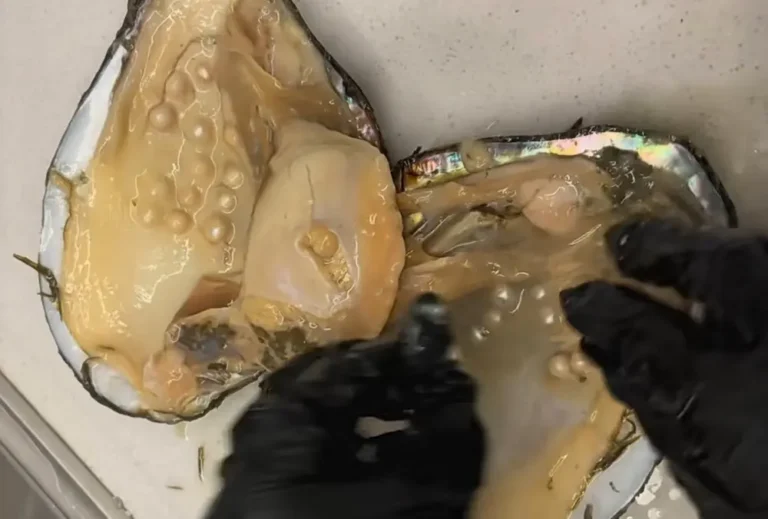
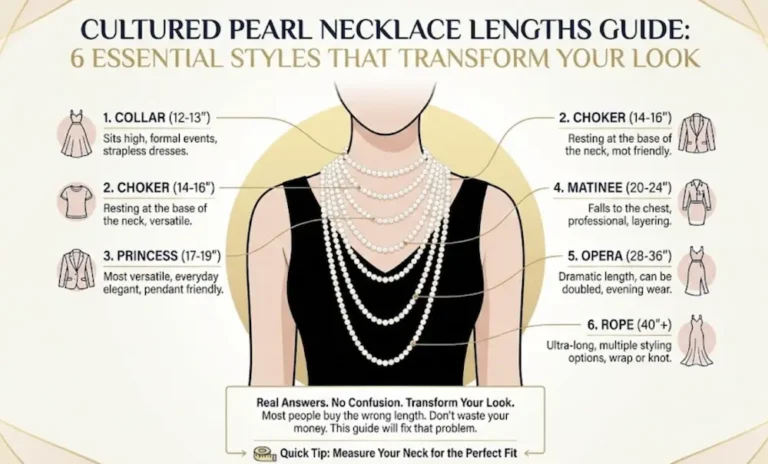
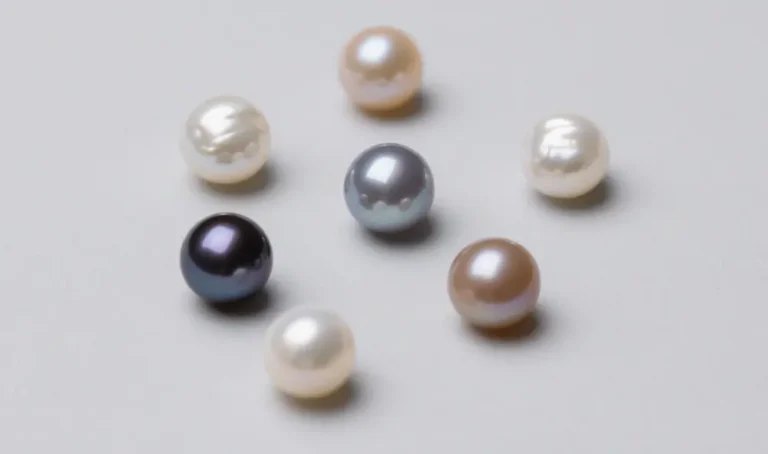
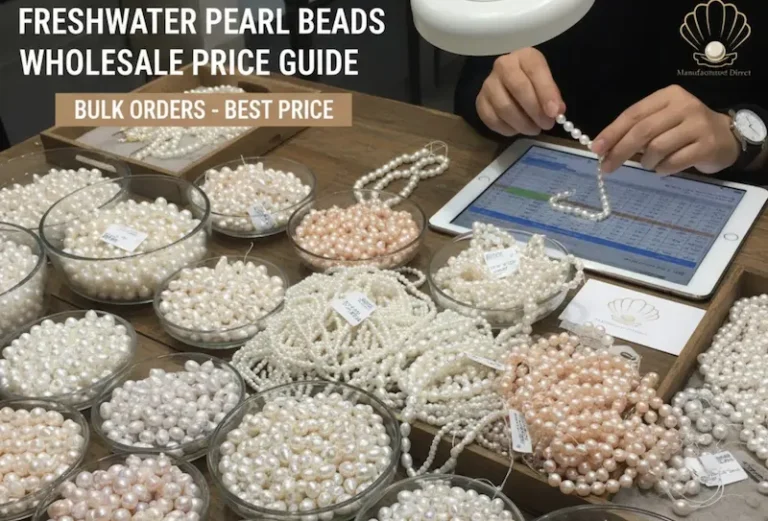
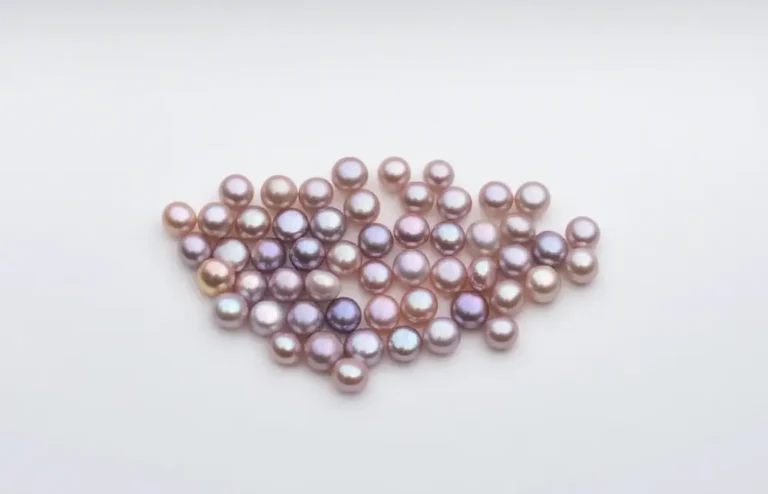
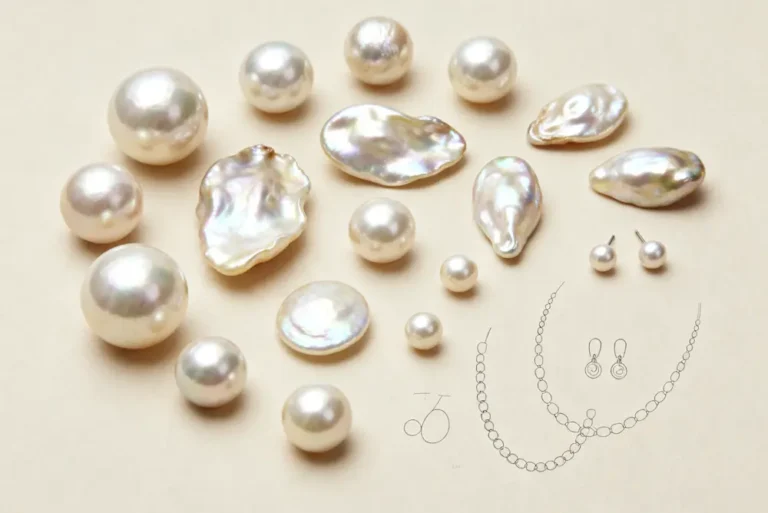

2 Comments